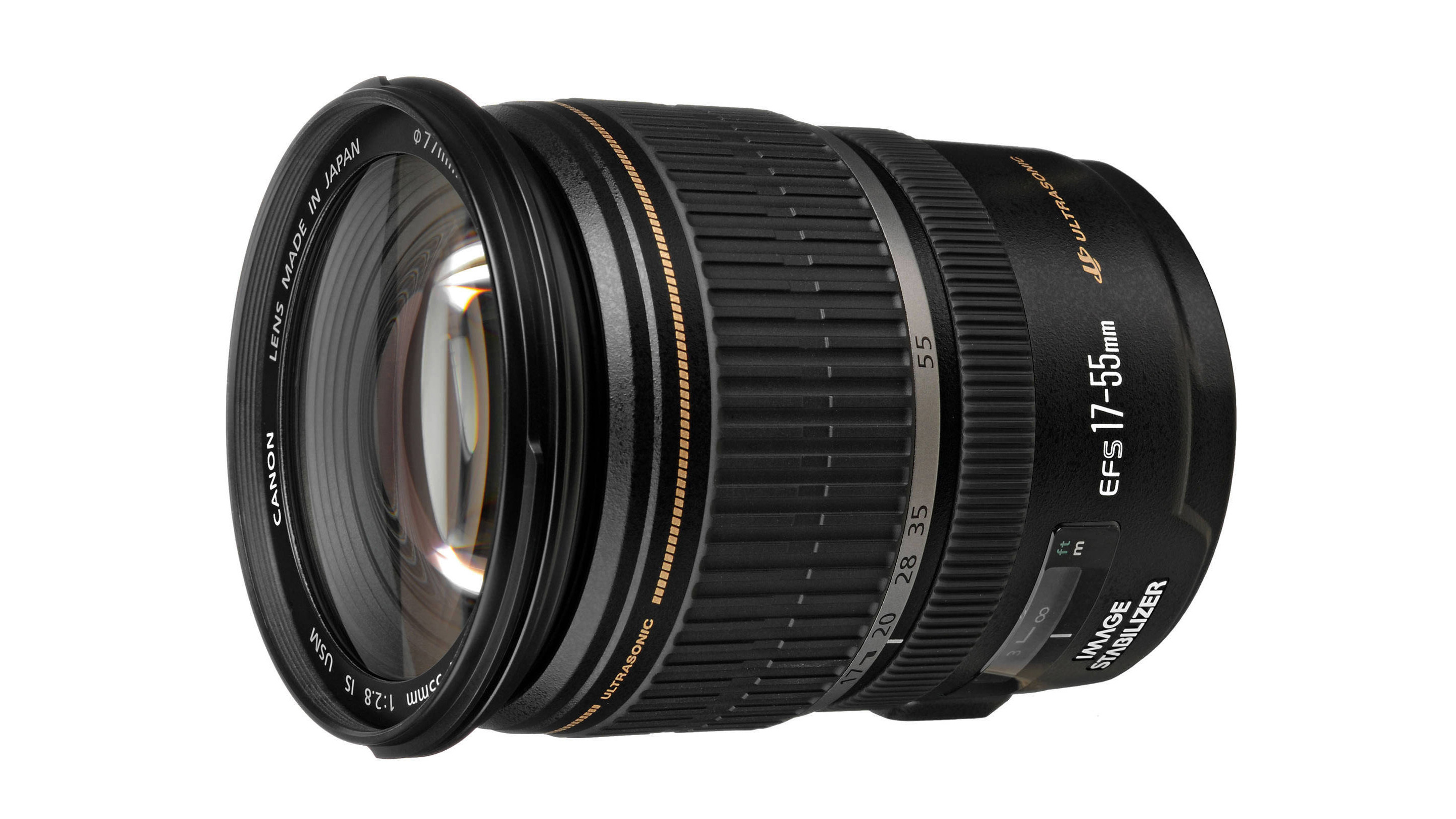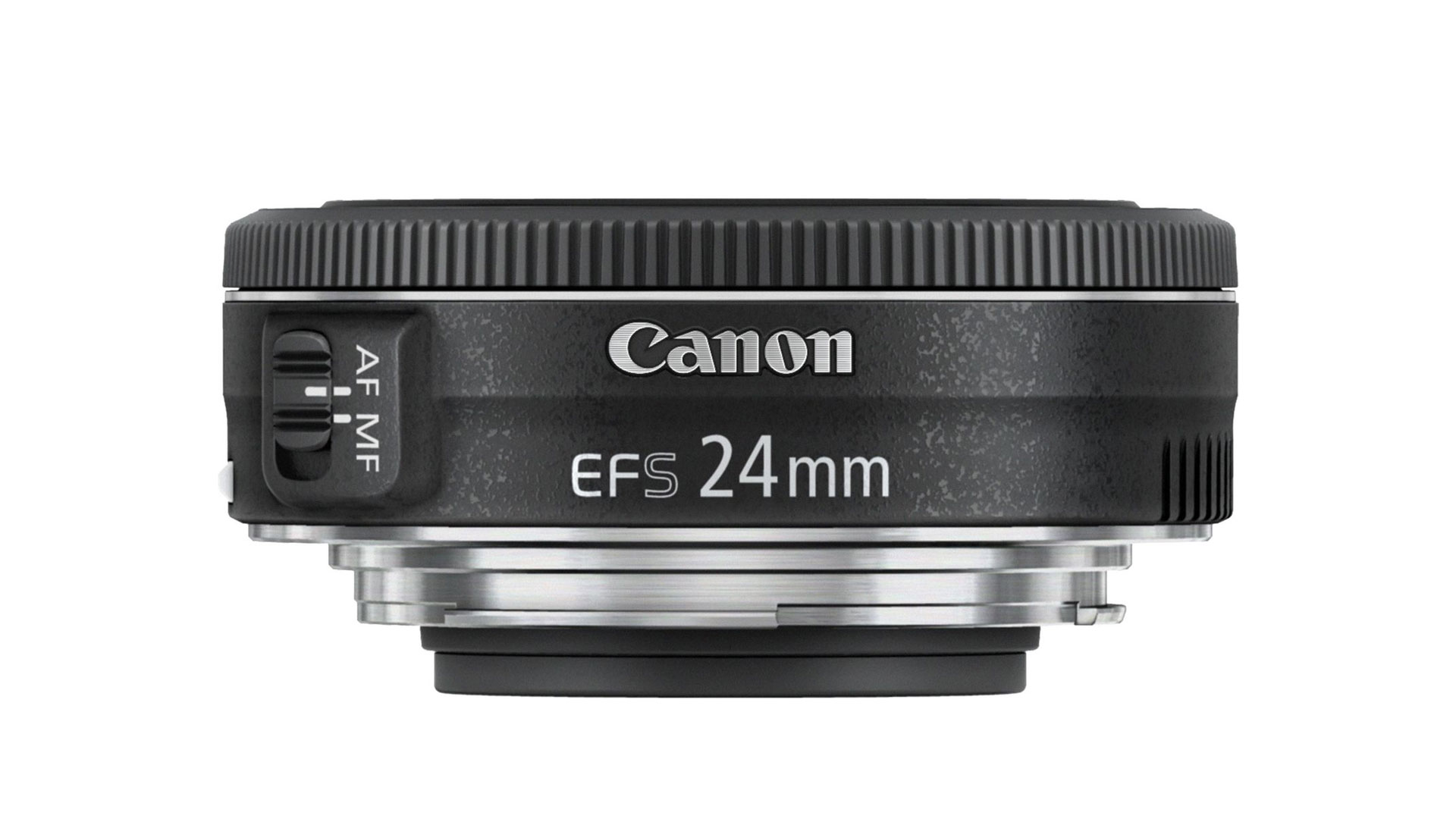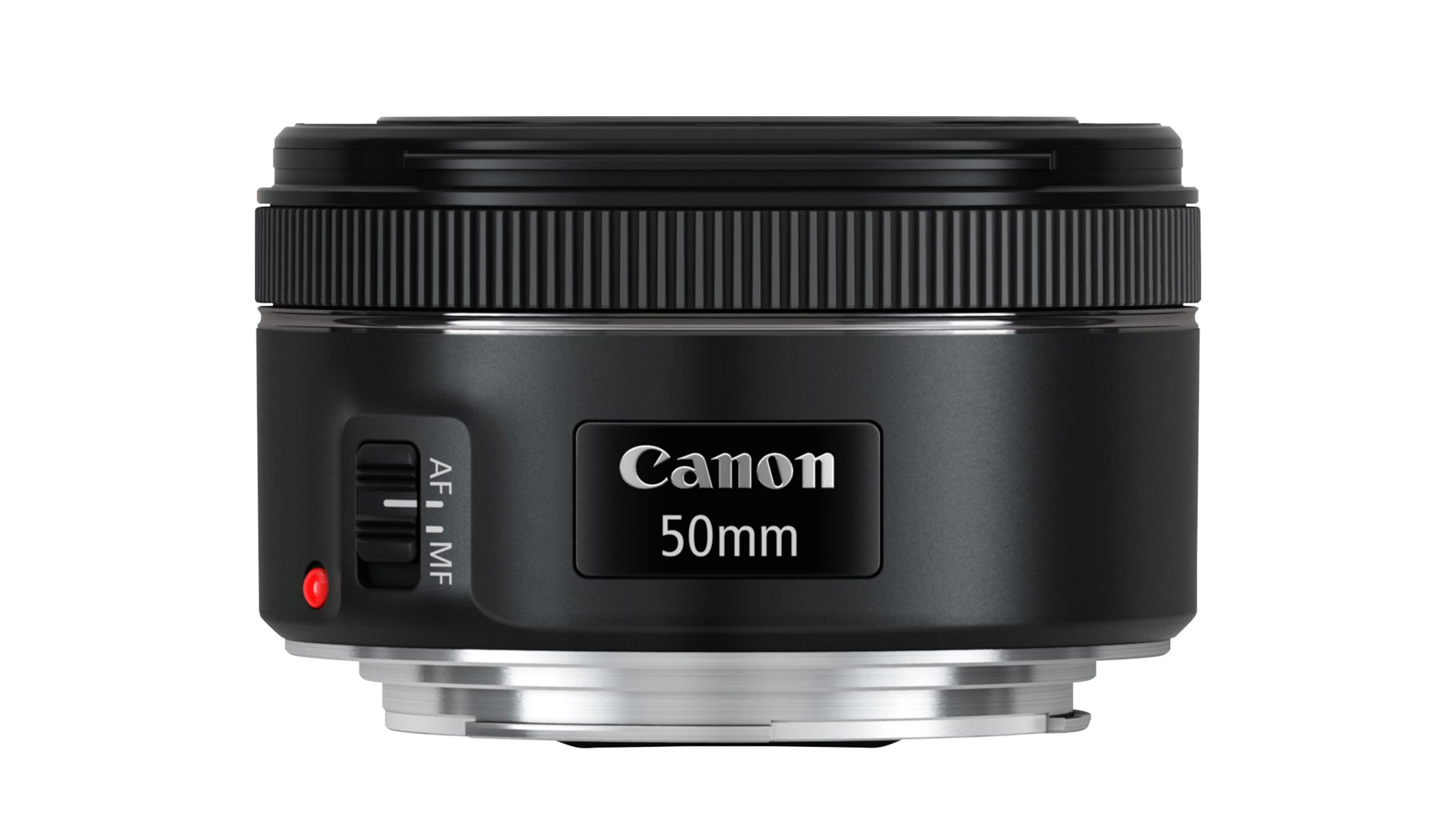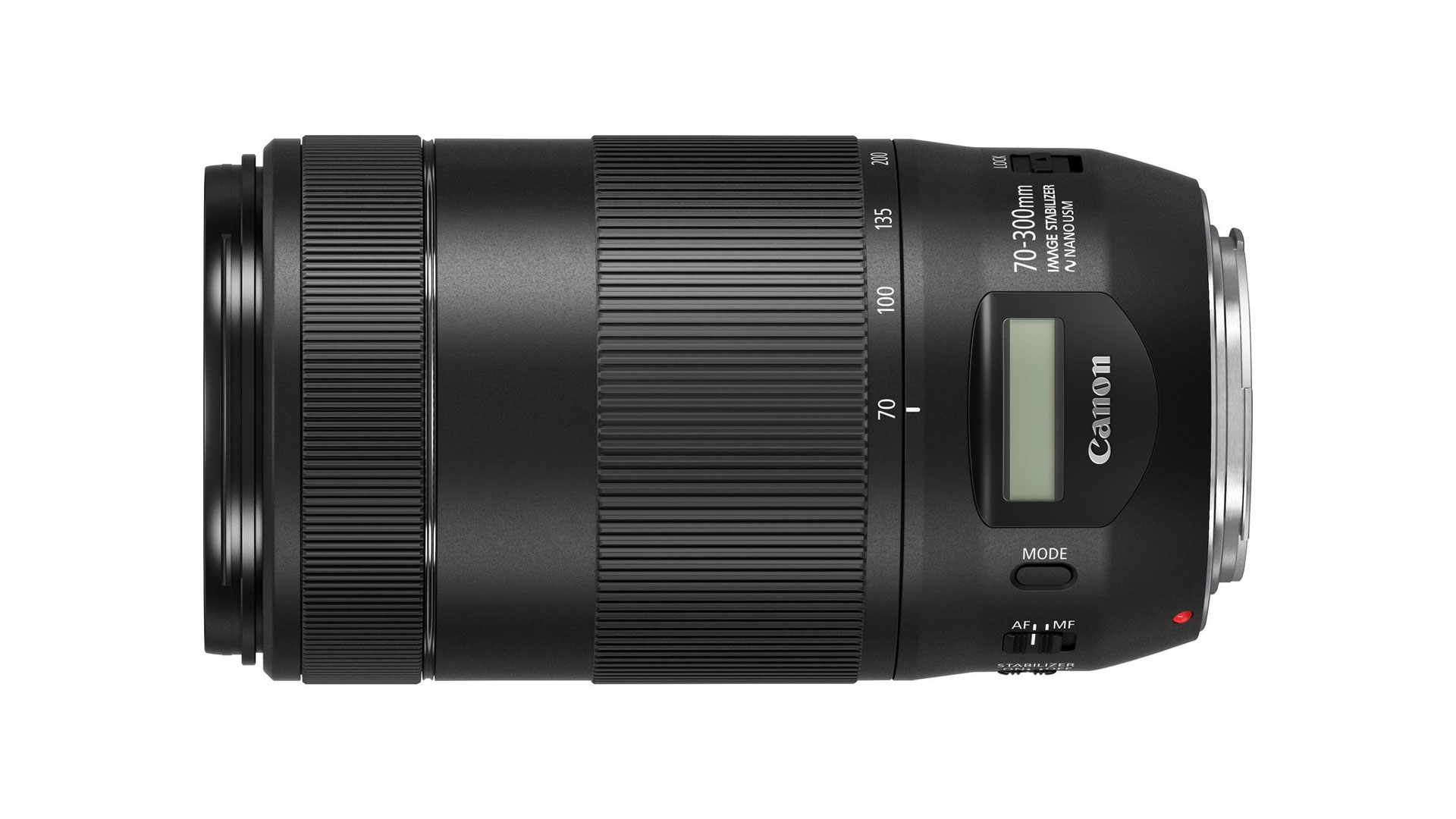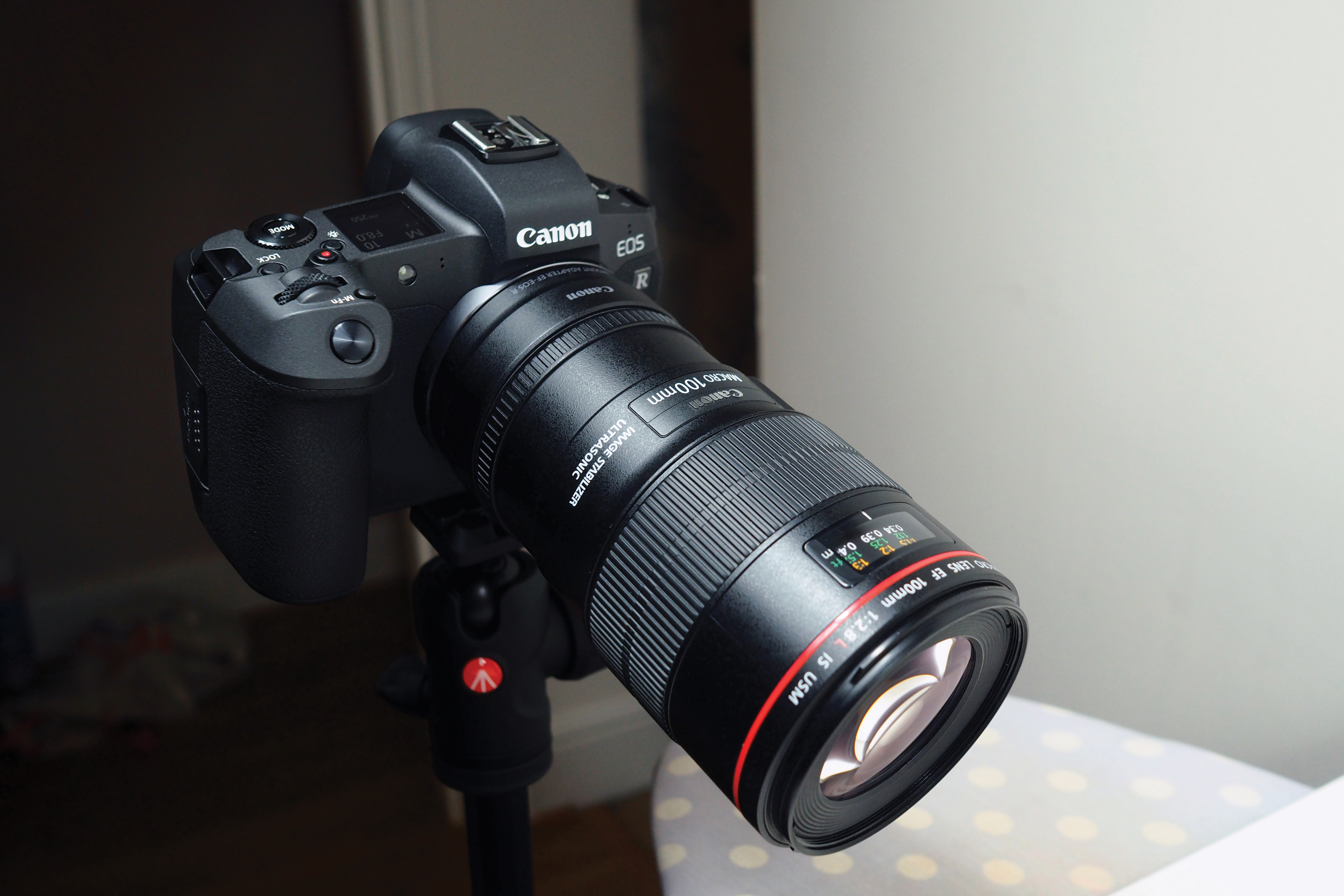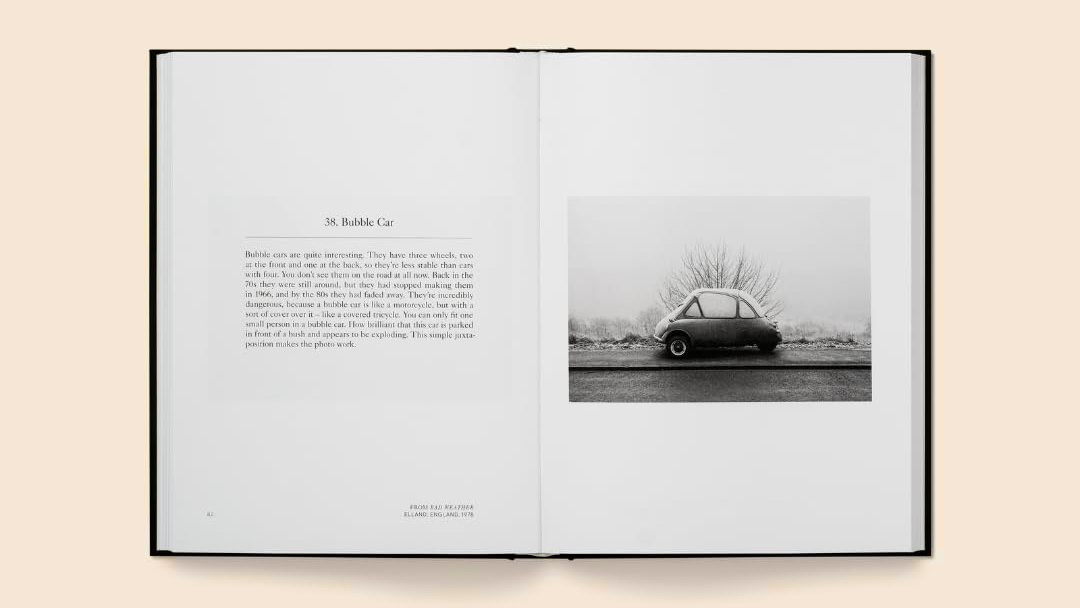The best lenses for the Canon EOS Rebel T6 and T7 (EOS 1300D and 2000D)
The best lenses for Canon EOS Rebel T6 and T7 (EOS 1300D and 2000D) cameras: lenses that take these beginner-friendly DSLRs to the next level.
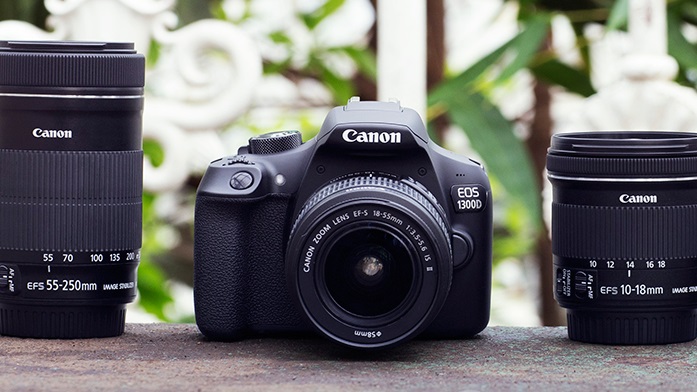
I feel that the Canon Rebel T6 and T7 (sold respectively as the EOS 1300D and the 2000D outside North America) are ideal choices for a first ‘proper’ camera – one where I can change the lens for different shooting scenarios, and upgrade as and when I feel the need. They’re part of a tech ecosystem that’s grown around Canon DSLRs, so there are dozens of potential lenses vying for your attention – which is why I'm here to help you choose the best ones.
Owners of entry-level DSLR cameras like the T6 and T7 are looking for lenses that capture pleasing images, but keep the same perspective as the cameras themselves in terms of cost. Zoom lenses, where you can change the focal length, offer plenty of convenience, while prime lenses, where the focal length is fixed, typically capture images of higher quality. Primes are also where I’d look if I want wide apertures that give me pleasing background blur. My selection here includes both types.
My recommendations cover both general-purpose shooting, the sort of thing you do every day, and more specialized options like telephoto and macro lenses. So there’s something for everyone and I'm hoping that you'll find the best fit for your needs.

Jase Parnell-Brookes is an award-winning photographer, educator and writer based in the UK. They won the Gold Prize award in the Nikon Photo Contest 2018/19 and was named Digital Photographer of the Year in 2014. After completing their Masters, Jase has spent a good chunk of two decades studying and working in photography and optics. Now the Channel Editor for Cameras and Skywatching at Space.com, their speciality is in low-light optics and camera systems.
The Quick List
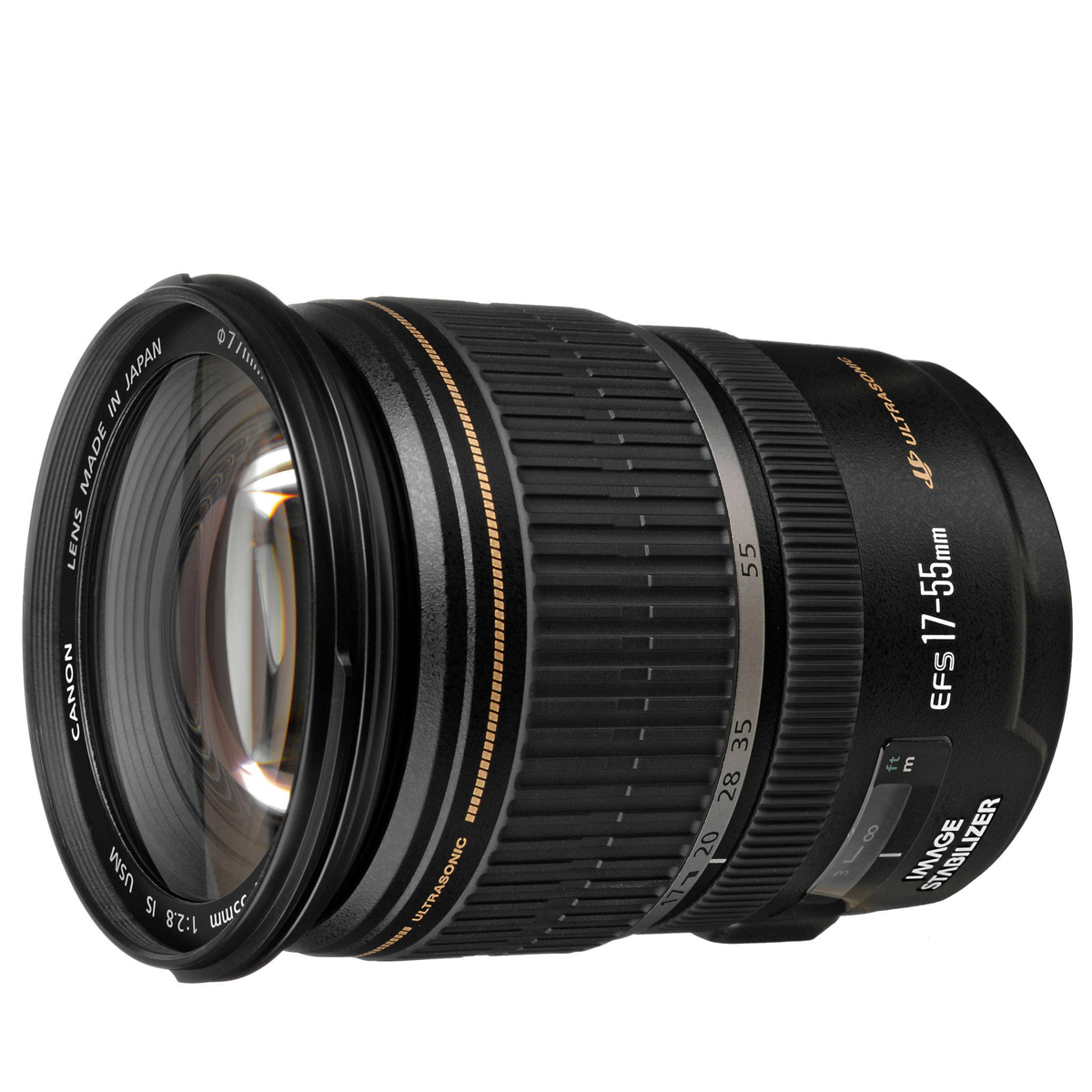
This zoom really feels like a cut above your kit lens, with a solid build and a wide aperture throughout the zoom range. Read more below…
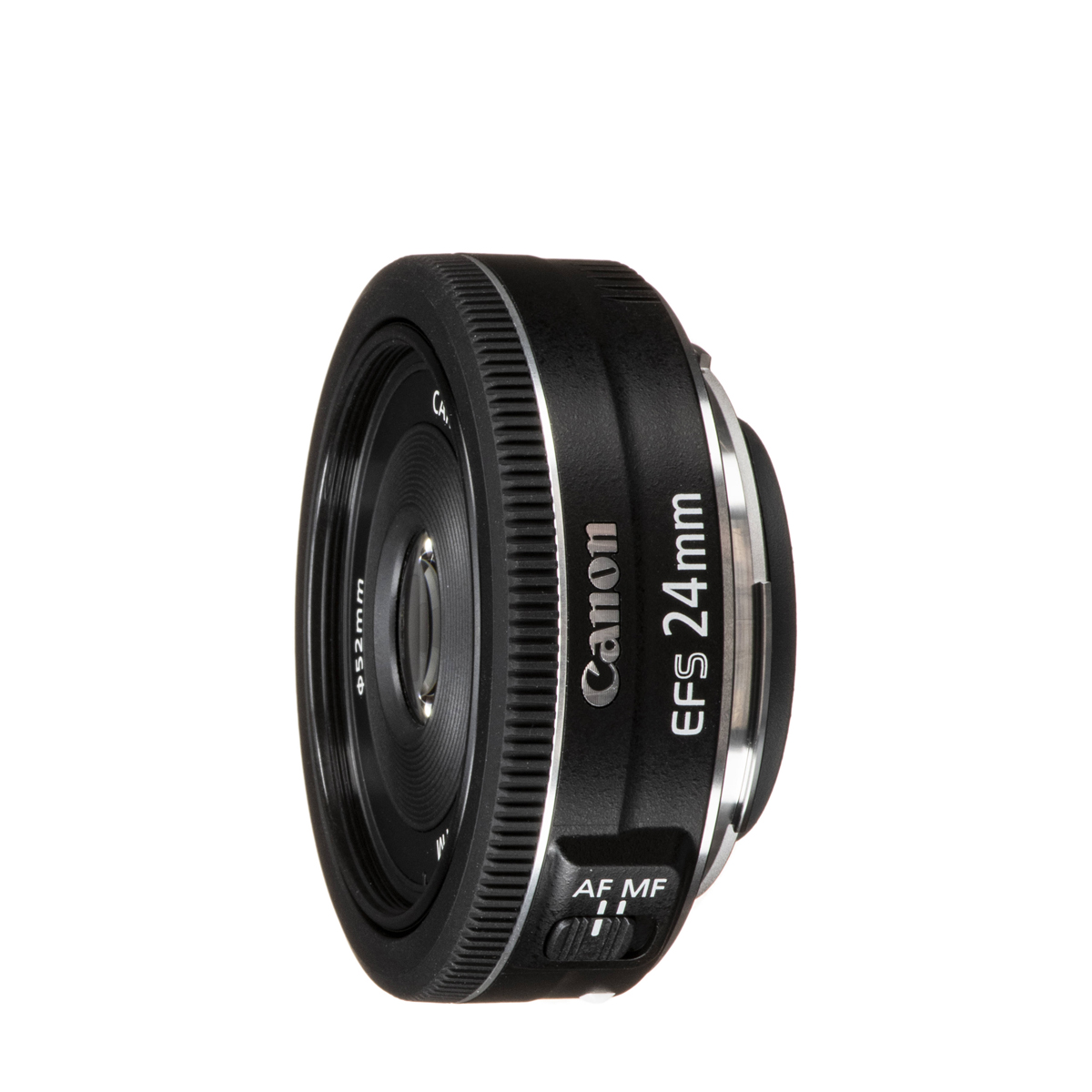
Small in size but big on quality, this pancake prime is great for street shooting, with a natural field of view and a wide aperture. Read more below…

The low price will shock you, but its images will delight you. Quiet autofocus and a generously wide aperture seal the deal. Read more below…
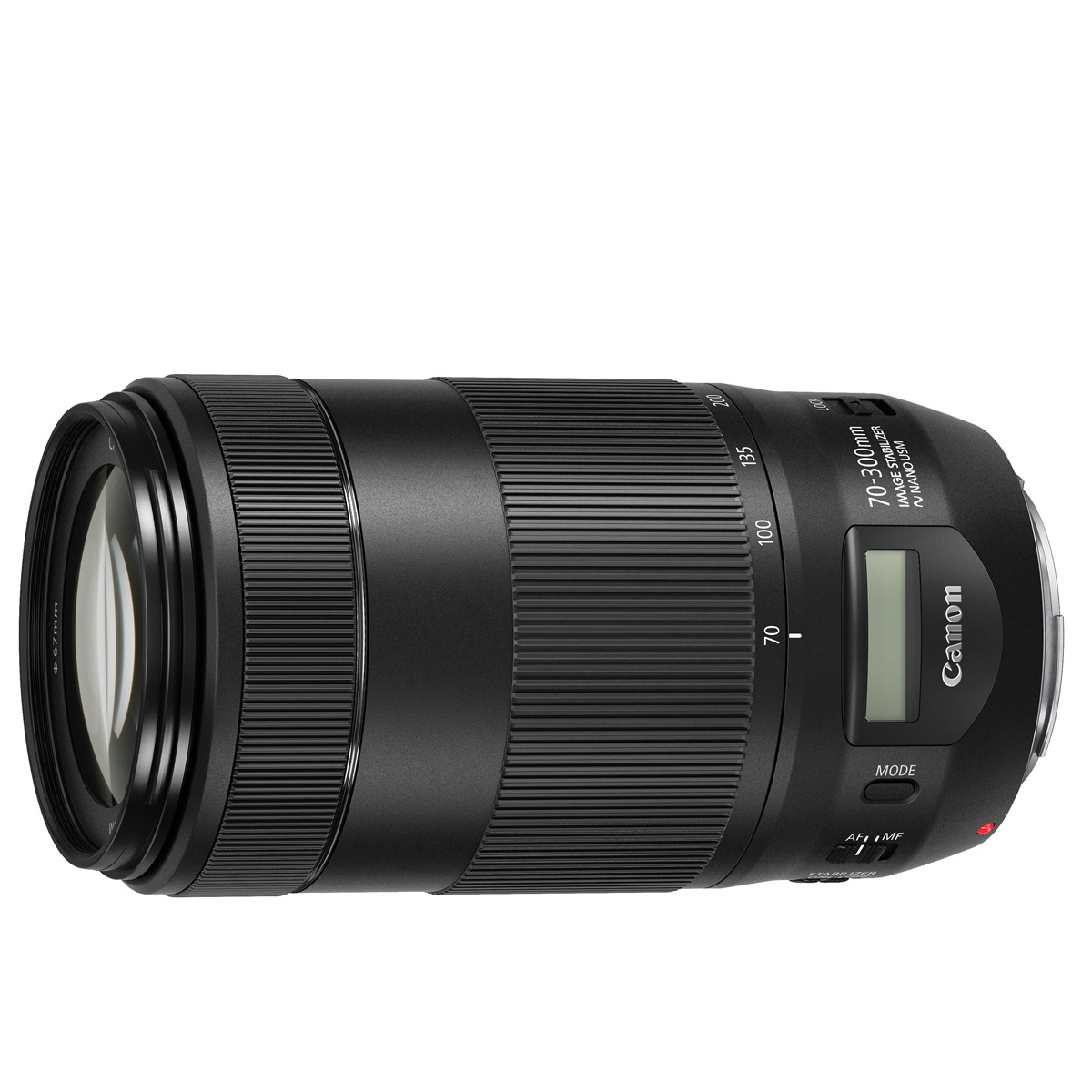
Its affordable price tag makes this zoom a tempting entry point into long-range shooting, and its images are reliably sharp. Read more below…
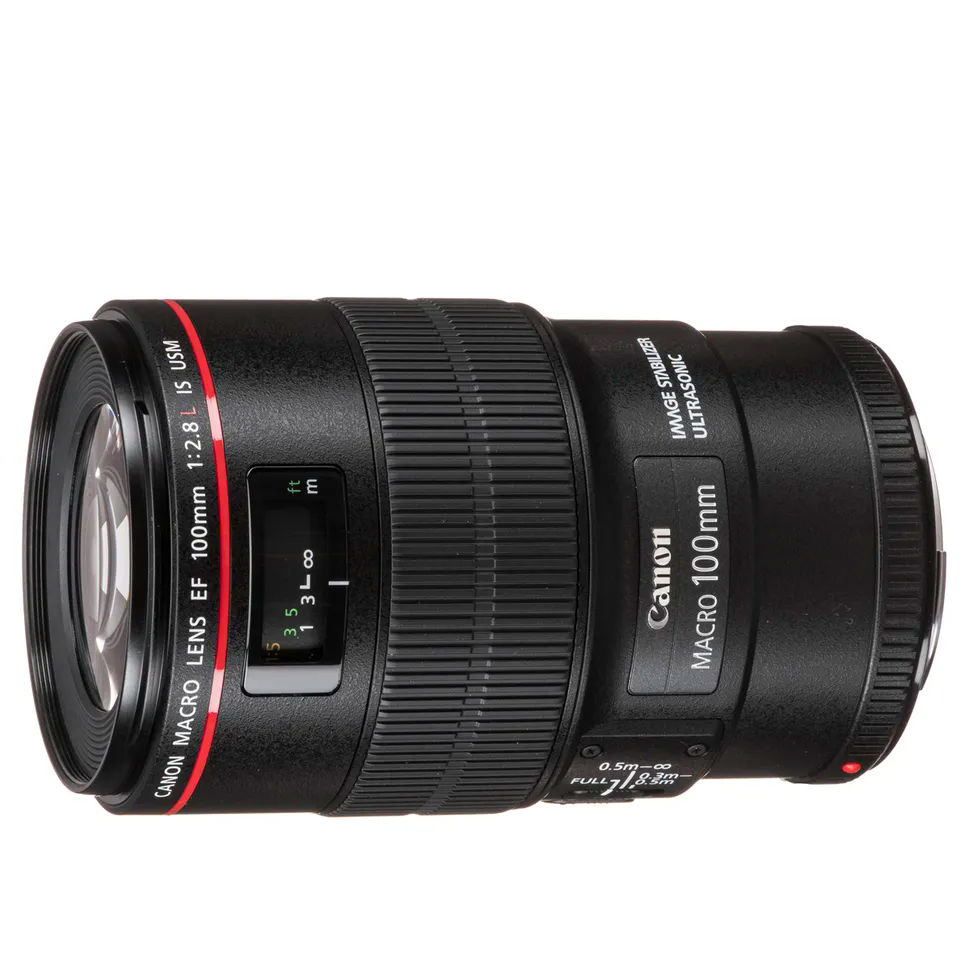
Canon’s top macro lens for full frame and APS-C DSLRs. Read more below…
Best lenses for Canon EOS Rebel T6 and T7
Why you can trust Digital Camera World
Best everyday lens for the T6 and T7
Specifications
Reasons to buy
Reasons to avoid
The 18-55mm zooms sold in Canon EOS Rebel T6 and T7 (EOS 1300D and 2000D) kits is a pretty basic lens, built to a budget price. If you want to improve on this, then the
Canon EF-S 17-55mm f/2.8 IS USM is a great choice - offering a wide f/2.8 maximum aperture through the whole zoom range. Dating back to 2006, it is the most accomplished standard zoom Canon has ever made for its APS-C format cameras.
It’s quite a big lens and weighs a noticeable 645g, but it doesn’t feel unbalanced on the T6 and T7. The lens was launched in 2006, so it looks a little dated compared with modern optics. But despite some older-generation technology, this is a very capable zoom that will serve you well in daily use.
Read more: Canon EF-S 17-55mm f/2.8 IS USM review
Best street photography lens for the T6 and T7
Specifications
Reasons to buy
Reasons to avoid
As budget wide-angle lenses go for APS-C Canon cameras, the Canon EF-S 24mm f/2.8 STM is probably one of the most impressive. A wide aperture of f/2.8 lets attached cameras soak up the light – ideal for low-light scenes or fast-paced subjects that need to be frozen with fast shutter speeds.
Absolutely minute, this pancake lens is barely noticeable on the end of the Rebel T6 and T7. Its field of view combined with the crop factor on APS-C bodies provides an equivalent focal length of 38mm, for natural-looking perspectives. The Stepper Motor Technology (STM) in the lens is near-silent and useful for some video work, too.
Read more: Canon EF-S 24mm f/2.8 STM review
Best portrait lens for the T6 and T7
Specifications
Reasons to buy
Reasons to avoid
The Canon 50mm f/1.8 STM combines a low price point with an outstandingly wide aperture of f/1.8 for the most dreamy shallow depth of field and beautiful bokeh backdrops. Lightweight and small in size, its portability makes it a great additional lens to pair with ultra-wide zooms or telephotos.
On the Rebel T6 and T7, this lens has an effective focal length of 80mm, which is particularly well-suited to portraits. The integrated STM speeds up autofocusing and keeps camera operation quiet, no matter whether you’re capturing stills or movies.
Read more: Canon EF 50mm f/1.8 STM review
Best telephoto lens for the T6 and T7
Specifications
Reasons to buy
Reasons to avoid
With an equivalent focal length range of between approximately 112-480mm, the Canon EF 70-300mm f/4-5.6 IS II USM is a great choice for beginners and enthusiasts with crop-sensor Canon bodies who want a little more reach.
It’s the best telephoto zoom you can get without spending big bucks and is a good lens to complement the entry-level kit lenses that come with cameras like the Canon T6/T7. Image Stabilization and USM autofocusing make it easy to produce reliably sharp images, even in low light, despite the limited aperture range throughout the zoom.
Read more: Canon EF 70-300mm f/4-5.6 IS II USM review
Best macro lens for the T6 and T7
Specifications
Reasons to buy
Reasons to avoid
This is a favorite choice for any 90D or 80D owner who needs a macro lens for extreme close-ups. It provides L-series build quality with weather sealing, hybrid optical stabilization, ring-type ultrasonic autofocus and an autofocus limiter switch. Importantly for macro shooting, the focus ring is smooth and precise.
The images the lens produces are the equal of its outstanding build and handling, with impressive detail throughout the aperture range.
Read more: Canon EF 100mm f/2.8L Macro IS USM review
Lab data and comparisons
The graphs below show the comparative performance of the lenses in this guide, based on our in-house lab tests. The Canon EF-S 24mm and EF 100mm Macro primes are winners for sharpness, while the EF-S 10-18mm and EF-S 17-55mm zooms look less impressive. Color fringing is fairly minimal in all cases. The EF-S 24mm and EF 50mm show some barrel distortion but it’s not very severe.
Scores for sharpness and color fringing are averaged from data taken across the entire image frame, from the center to the edges and corners, throughout the aperture range. For zoom lenses, the scores are also averaged from data measured at all marked focal lengths, and the same applies to distortion. Bear in mind that these average values don't fully reflect specific areas of performance. For example, a zoom lens might have noticeable barrel and pincushion distortion at its shortest and longest focal lengths respectively, which tends to average out when looking at the data overall. For more detailed graphs of each lens's performance, which give the full picture, check out the graphs in our full standalone lens reviews.
How to choose the best lens for the Rebel T6 and T7
Do all Canon lenses fit the Rebel T6 and T7?
The Rebel T6 and T7 use the Canon EF-S mount, which accepts two types of lens: EF-S and EF.
EF-S lenses are tailor-made for the EF-S mount, and are the best choices for most Rebel T6 and T7 owners in most shooting situations.
EF lenses are designed for use with full-frame Canon DSLRs rather than APS-C DSLRs like the Rebel T6 and T7. They operate perfectly well, but are usually heavier and more expensive than their EF-S equivalents.
The Rebel T6 and T7 can’t use Canon RF or EF-M lenses, which are designed for mirrorless Canon cameras.
If you later upgrade to a Canon R-series mirrorless camera, you can continue to use your EF and EF-S lenses on your new camera if you buy a Canon Mount Adapter EF-EOS R. An EF-S lens on a full-frame R-series camera with adapter produces a cropped image, so this isn’t a combination we’d recommend.
How do I know which lens to get for my Rebel T6 and T7?
The reason there are so many types of lens in the first place is that different scenes demand different lens designs, particularly when it comes to focal length and aperture rating.
Usually, you will decide what you want to photograph, then get a lens with the focal length that suits the situation. For example, to shoot landscapes you will need a wide-angle lens, while for sports and wildlife you will need a telephoto.
You can watch this video that explains focal length: it helps you work out what kind of lenses you need for different genres of photography.
How we test lenses
The lens experts in our testing lab run a range of tests under controlled conditions, using the Imatest Master testing suite. Photos of test charts are taken across the range of apertures and zooms (where available), then analyzed for sharpness, distortion and chromatic aberrations.
We use Imatest SFR (spatial frequency response) charts and analysis software to plot lens resolution at the centre of the image frame, corners and mid-point distances, across the range of aperture settings and, with zoom lenses, at four different focal lengths.
There's more to it than just the technical side, though! Beyond the lab, our reviewers test lenses in real-world environments – and sometimes on professional shoots! We work with lenses both indoors and outdoors, in studio conditions and in natural light, with as many different subjects as is possible (or appropriate – there's no point testing a landscape lens' ability to shoot a portrait!).
We take into account everything from handling and ease of use to speed of autofocus and the overall quality of the images produced.
Find out more about how we test and review on Digital Camera World
The best camera deals, reviews, product advice, and unmissable photography news, direct to your inbox!
Jase Parnell-Brookes is an award-winning photographer, educator and writer based in the UK. They won the Gold Prize award in the Nikon Photo Contest 2018/19 and was named Digital Photographer of the Year in 2014. After completing their Masters Jase has spent a good chunk of two decades studying and working in photography and optics shooting and writing all over the world for big-name brands and media outlets. Now the Channel Editor for Cameras and Skywatching at Space.com their speciality is in low light optics and camera systems.
